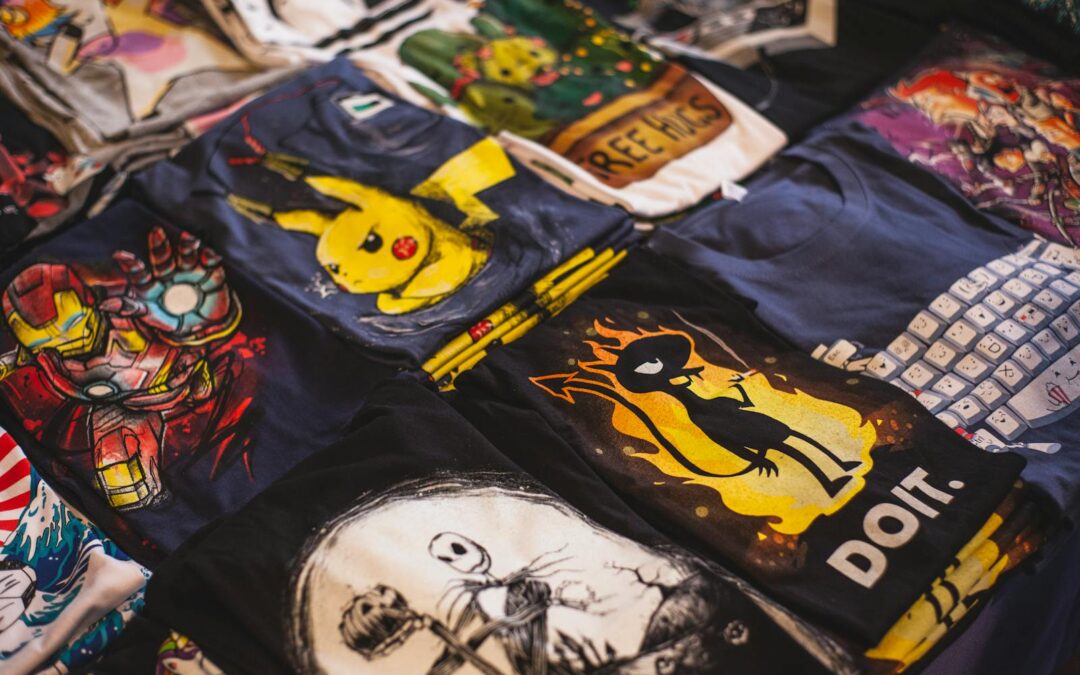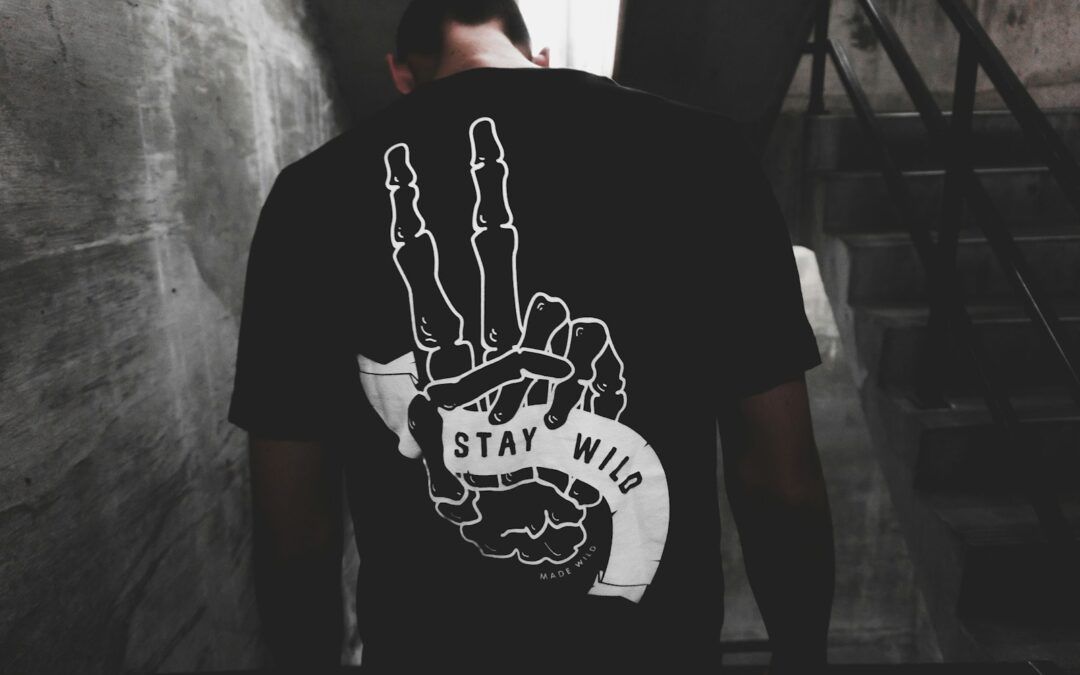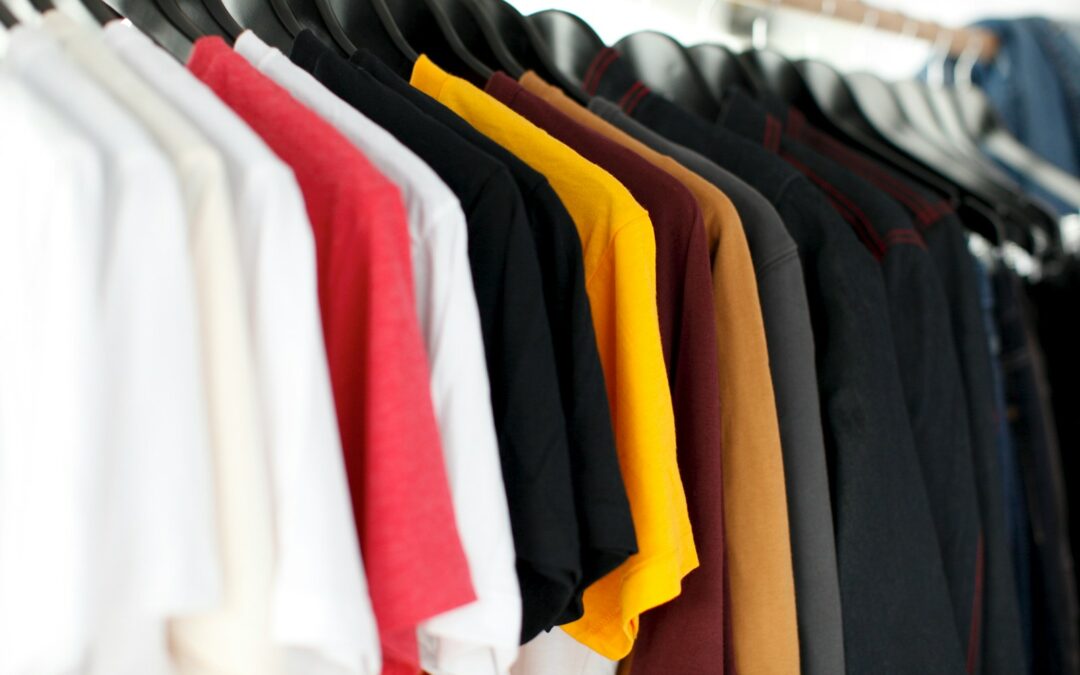Do you know how to make dtf transfers?
In the dynamic world of printing, new technologies constantly emerge, offering innovative ways to bring digital designs to life. One such method that has been making waves in the industry is Direct-to-Film (DTF) transfers.
DTF has become a frontrunner due to its color vibrancy, durability, and compatibility with a wide range of fabrics. From apparel to accessories, DTF transfers are revolutionizing the custom production market.
This comprehensive guide is designed to take you through the intricate process of creating flawless DTF transfers, providing tips, and even comparing this method to others to help you understand its full potential.
Unraveling the Basics of The DTF Transfer Printing Technique: How To Make DTF Transfers
DTF transfers involve printing a custom-designed graphic onto a special film using a compatible printer, and then transferring the design onto a material, typically fabric, using heat press dtf transfers.
This process ensures that the design is crisp, vibrant, and long-lasting, which is why it’s gaining popularity among print businesses worldwide.
The Power of Precision
With the ability to print intricate details and gradients, DTF transfers provide a level of precision that’s hard to match.
This makes them particularly appealing for businesses that cater to a market with a discerning eye for detail.
DTF for Durability
One of the standout features of DTF prints is their durability.
The heat transfer process bonds the DTF ink directly to the fabric, ensuring that the design stays intact even after several washes, making DTF an ideal choice for garments.

Step-by-Step Guide to The Direct To Film Printing Process: How To Make DTF Transfers
Creating a DTF transfer may seem complex, but with the right approach, it becomes a straightforward process that leads to excellent results.
Preparing Your Design
Start with a high-quality design file that is compatible with your DTF printer. Ensure the resolution is suitable for the size of the transfer you intend to make to maintain clarity and detail.
Printing on DTF Film
Using a DTF printer, print the design onto the DTF film. The printer should be loaded with the correct ink to match the film and your desired color fidelity.
Curing the Ink
After printing, the ink needs to be cured. This can be accomplished through various methods, including heat press with a heat press machine, forcing the ink to set and become ready for transfer.
Applying the Transfer
Position the cured film on your fabric and apply heat using a calibrated heat press for the suggested time and temperature. The result should be a permanent graphic on your fabric.
Material Matters and Choosing the Right Base and Film: How To Make DTF Transfers
Central to the quality of your DTF transfers is the choice of materials you use. This section provides an overview of fabrics and films that yield the best results.
The Fabric of Choice
Select fabrics that can withstand the heat and pressure of the transfer process. Polyester and poly-blends work exceptionally well with DTF transfers, as do some natural fibers like cotton and canvas.
Quality in Films
The DTF film should be of high quality, with the ability to retain details and colors accurately. It should also be compatible with the ink and the type of fabric you wish to transfer onto.

Choosing the Right DTF Printer: How To Make DTF Transfers
Selecting the appropriate Direct to Film (DTF) printer is crucial for individuals and businesses looking to produce high-quality prints with efficiency and reliability. Here are key factors to consider when choosing the right DTF printer for your needs:
-
Print Quality: Look for a DTF printer that offers high resolution and color accuracy. The ability to produce sharp, vibrant images is essential for professional-grade prints.
-
Speed: Evaluate the printing speed of the printer, which is usually measured in square meters per hour. A faster printer can significantly increase productivity, especially for businesses with high volume printing needs.
-
Media Compatibility: Ensure the printer supports a wide range of film sizes and types for film printing. Versatility in media compatibility allows for more flexibility in design and production.
-
Ease of Use: Consider the user-friendliness of the printer, including ease of setup, maintenance, and operation. This is critical for those new to DTF printing or those looking for a hassle-free experience.
-
Cost: DTF printers come at varying price points, so it’s essential to consider your budget and the value offered by different models. Keep in mind that a higher upfront cost can often result in long-term savings through lower ink consumption or maintenance costs.
-
Customer Support: Look for a reputable brand with good customer support to ensure timely assistance if any issues arise.
By carefully evaluating these factors, you can choose a DTF printer that meets your specific needs and budget, allowing you to create high-quality prints efficiently and effectively. So, don’t hesitate to explore the world of DTF printing and discover its many benefits for yourself! Remember to always do your research and choose a printer that best suits your unique requirements. With the right DTF printer, you can open up endless possibilities for creative expression and professional-grade printing
Essential Equipment and Tools for DTF Success: How To Make DTF Transfers
To excel in DTF transfers, having the right equipment and tools is crucial. Each item plays a key role in the end-to-end process.
The Printer Puzzle
The heart of any DTF operation is the printer. Different models offer various features, including print size, ink compatibility, hot melt powder or dtf powder and color gamut. Choose a printer that aligns with your business needs and budget.
The Pressing Issue
A good heat press ensures that the transfer process is uniform and complete. The temperature and pressure must be adjustable to cater to different fabrics and films.
Cutting Right
Some DTF setups include a cutting machine, which plays a part in cutting the film for the desired design. While not mandatory, it can significantly speed up your process.
A Palette of Perfection and Managing Colors in DTF: How To Make DTF Transfers
Achieving the perfect color output with DTF is an art in itself. Here are strategies to manage and elevate the vibrancy of your DTF transfers.
Understanding Color Profiles
Color profiles ensure that the colors you see on your screen translate accurately to your prints. Calibrate your monitor and use color management systems to maintain consistency.
Mixing for Magic
Inks can be mixed to create custom colors. Work with the printer’s settings to fine-tune the ink mixture and achieve the exact shades required for your design.

DTF Versus Other Printing Methods: How To Make DTF Transfers
How does DTF stack up against other common printing methods like DTG (Direct-to-Garment) and sublimation?
The Resolution Rivalry
DTG is known for its detail, but DTF can offer even higher resolution, which shines with fine lines and intricate designs.
The Fabric Frontier
While both DTG and DTF can print on a variety of fabrics, DTF offers better results on dark or challenging materials due to its white ink support.
The Wash Test
In the battle for durability, DTF stands strong. Sublimation can fade over time, and DTG prints are less resistant to washing compared to DTF.
Real-World Applications of DTF: How To Make DTF Transfers
To better grasp the impact of DTF, looking at real-world case studies can provide insights into the potential and versatility of this printing method.
Athletic Apparel Advantages
Athletic wear demands both comfort and durability. DTF transfers excel in providing both, catering to sports teams and fitness brands looking for high-performance gear.
Fashion with a Flair
The fashion industry relies heavily on quality and expression. DTF enables designers to create intricate patterns and color gradients that capture attention on the runway and in stores.
Corporate Customization
Companies looking to create branded merchandise can benefit from DTF’s ability to reproduce logos and art faithfully, ensuring that their message is carried through reliably on their products.
Answering the FAQs on DTF Transfers: How To Make DTF Transfers
Navigating the world of DTF transfers can raise several questions. Here are some of the common inquiries addressed.
How Long do DTF Transfers Last?
The longevity of DTF transfers is impressive, with designs often outlasting the fabric’s lifespan.
Can DTF be Done on a Large Scale?
Yes, DTF can be scaled to handle high volumes of production while maintaining quality and speed.
Is DTF Environmentally Friendly?
Some DTF systems use eco-friendly inks and films, making them a sustainable choice for printing in certain processes.
The Future of DTF: How To Make DTF Transfers
As the last point of this extensive guide, it’s important to look ahead at the potential of DTF in the printing industry. This method offers a unique blend of versatility, quality, and ease of use that positions it not just as a trend, but as a valuable resource for any printing business.

Limitless Transfers: How To Make DTF Transfers
Are you ready to take your printing game to the next level with DTF transfers? Explore the equipment, materials, and techniques discussed in this guide, and start harnessing the power of DTF for your creative endeavors.
Whether you’re a seasoned professional or a DIY enthusiast, the possibilities with DTF are only limited by your imagination. Limitless Transfers can make your design and dtf printing needs come to life.
Get in touch with us to learn more and begin your DTF printing journey today!




